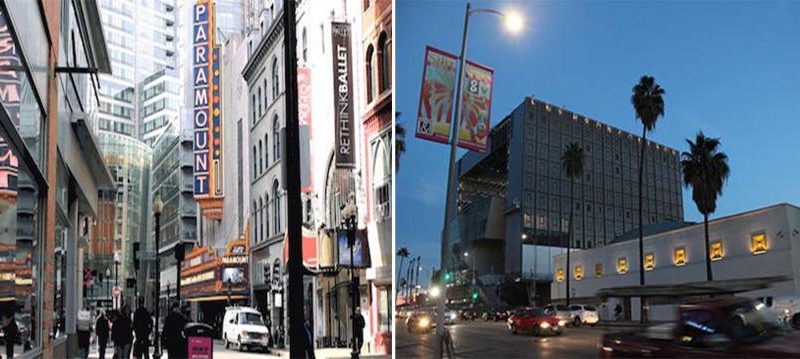
Company/Organization Profiles | Film School & Education | Massachusetts | Screenwriting | Vermont
Spotlight on MFAs: The Low-Residency Model
A profile of two New England low-residency MFA programs.
Written by Emma Schlenoff | Posted by: NewEnglandFilm.com
Low-residency programs offer students the ability to live and work from wherever they call home, as they build a body of work and earn credits towards their degree. Here, NewEnglandFilm interviews Jean Stawarz, an Associate Professor and the Graduate Program Director for Writing for Film and Television at Emerson College, and Stephen Pite, the Program Director of the MFA in Film at Vermont College of Fine Arts (VCFA) about their relatively new low-residency programs. See also NewEnglandFilm.com’s list of low-residency MFA programs in New England.
Curious about low-residency MFA programs? Here, NewEnglandFilm.com interviews Jean Stawarz, an Associate Professor and the Graduate Program Director for Writing for Film and Television at Emerson College, and Stephen Pite, the Program Director of the Vermont College of Fine Arts’ (VCFA) MFA in Film. Both programs follow the low-residency model and are relatively new, with one class graduated from VCFA, and students in their final semester at Emerson.
Both VCFA and Emerson describe themselves as progressive, two year programs. A low-residency program offers students the ability to live and work from wherever they call home, as they build a body of work and earn credits towards their degree. Students come together in a residency at the start of each semester for a week of intensive workshops and to create a study plan with their assigned advisor.
From there, the programs differ. Emerson has a set curriculum where the students participate in online classes and read each other’s work. VCFA is completely individualized with students working from their self-designed, project-based syllabus and are required to check in monthly with their advisor. Emerson also alternates each residency between their Boston and Los Angeles campuses.
A low-residency program allows for students to continue with their lives as usual, but it can be challenging to carve out the time to do the work each week. A successful student tends to be highly motivated, and able to manage their time in a way that allows them to dig into their studies.
Pite characterizes VCFA students as a mix of advanced and emerging filmmakers and screenwriters dedicated to refining their artistic voice, while expanding their body of work and creative resources. “The program’s faculty are experienced filmmakers and screenwriters with a great deal to offer as mentors,” Pite says. “The curriculum is individualized and project-based, incorporating customized research and viewing, and culminates in a film, transmedia or screenwriting thesis project.” Some students work on multiple consecutive or simultaneous projects during their time at VCFA, while others may work on a single project, such as a feature-length film.
At Emerson, students learn to write across genres—film, television, streaming and web platforms. Each semester, the student will produce a piece that coincides with their studies. For example the first semester they will write a short film, the second semester: a television series pilot, and finally: a feature length film.
“The industry is changing so rapidly that we don’t feel like it serves the students to study one or the other,” said Stawarz. Emerson’s program also has a business aspect to it, “so our students leave the program with not only a portfolio that crosses platforms, but they leave with an understanding of how the industry works and how to navigate it.”
The faculty of VCFA’s MFA program is nearly 50 percent women, so I inquired about their process in admissions and hiring. Pite told me that the gender, identity and racial diversity had happened organically.
“I’ve been extraordinarily pleased with how this program came out of the box, attracting students from all over the world. It must be a program that works for a broader section of the population,” he said.
Emerson also underlined their commitment to diversity. “We want to make sure our curriculum and faculty is diversified, and that we are giving our students the best understanding and exposure to that. I’m excited about what I am reading and seeing. We’ve got a really strong group of writers and thinkers. All of the work has been dynamic,” replied Stawarz.
Finally, I asked them illuminate what the benefits are of getting an MFA vs. solely networking and trying to maneuver one’s way into the screenwriting business. They both stressed the importance of the mentorship by the faculty.
Stawarz responded, “Our faculty are all working screenwriters. I think it gives the students an accurate feel for what it’s like to be a working writer, and we augment that with the parts that are hard to figure out when you’re just trying to go it on your own.” Pite added that in making a film, “you’re going to learn something no matter what, but when you undertake a project as a study, and you add that layer of mentoring, which is both critical and supportive, it expands the tone and the reach of the project.”
See NewEnglandFilm.com’s list of low-residency MFA programs in New England.








